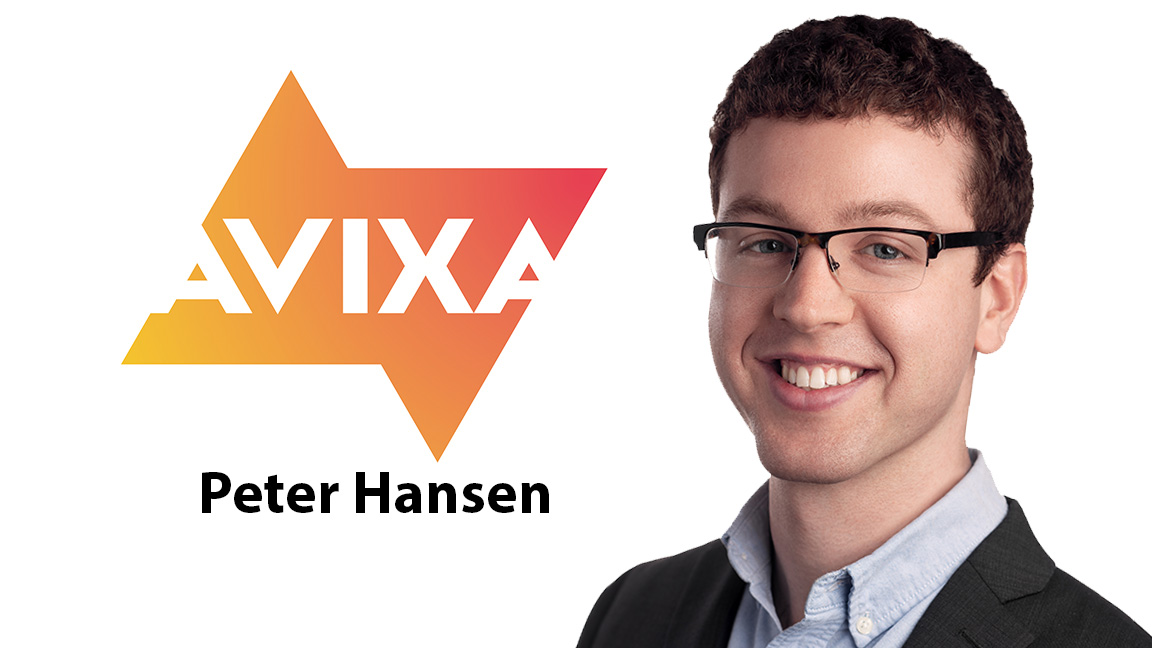AVIXA Report: Pro AV Growth OK Amidst ‘Soft Landing’
As inflation levels fall without a recession, supply difficulties are no longer the top issue for integrators.

The Pro AV Sales Index (AVI-S) measured 56.9 in November, down 1.9 points from the 58.8 recorded in October. Surprisingly, this is essentially flat from November 2022, when, despite the record growth recorded that year, the AVI-S came in at 57.0.
Such levels are comfortably above the no-net change of 50, but below the low-60s levels Pro AV has become accustomed to over the last decade. As such, we give it the descriptive label of “OK.” It can’t be seen as good when the standards have been set higher, but it’s a level many industries would love to have right now.

As we’ve said before, all growth is good growth. Survey commenters highlighted positivity from the resolution of supply issues and strong revenue in live events, but more weakness in traditional integration, driven in part by a global economy that’s growing slower than normal.
[AVIXA Report: Sales Growth Rebounds as U.S. GDP Stuns]
Two related phenomena are currently at play: resolving supply issues in Pro AV and the “soft landing” (inflation falling to its target level with no recession). First, the data: In Pro AV, our monthly top issue tracker has seen supply difficulties fall from the top issue for 51.3% of respondents in October 2022 to just 13% of respondents in November 2023. That’s the same as the percent reporting no significant issues!
On inflation, the latest U.S. number is 3.2%. The latest Eurozone number is an even better 2.4%. These economies, significantly affected by the post-pandemic inflation wave, are now within sight of the 2% target rate, both achieved without recessions.
Why did inflation come down? Why was a big decline in demand—a recession—not necessary? The Pro AV story provides the answer by example: 2022 was a rapid transition time, as the economy shifted from COVID-era patterns to post-COVID-era patterns. Suppliers could not keep up.
A daily selection of the top stories for AV integrators, resellers and consultants. Sign up below.
[Top Integrators 2023: The Talent Pool]
But now the gap is closing—and as a result, prices are starting to look normal again. With that in mind, let’s all take a moment to reflect on what good news this is. Both on the economic side, where the pain of inflation is easing without the added pain of a recession, and on the Pro AV side, where the pain of supply issues is increasingly behind us.
Interestingly, the index data aligns well with our end user-focused Market Opportunities Analysis Report (MOAR) data. (MOAR has a TON of data, but here we’re evaluating it based on the core metrics of capital expenditures, operating expenditures, and staffing levels.) Comparing MOAR to the AVI-S over the last three quarters, we see that the MOAR and AVI-S both had their highest level in Q3, followed by Q2, then Q4 lowest. Always nice to see different sources aligning to the same general story.
For the second month in a row, the AV Employment Index (AVI-E) came in stronger than the AVI-S, as the November AVI-E measured 58.6. This is a signal of continued strength in the AV labor market, likely still some small amount of catchup in hiring from the massive revenue growth in 2022. In addition, it likely reflects live events winding back up, as the return to in-person was delayed in that segment and continues to drive significant growth.
Labor market conditions in the wider economy in the U.S. were similar. The economy added 199,000 jobs and the unemployment report ticked down one-tenth of a percent to 3.7%. This is a very solid level that indicates ongoing economic health.
The Pro AV Business Index report is derived from a monthly survey of the AVIXA Insights Community, a research community of industry members that tracks business trends in commercial AV. For more information about joining the AVIXA Insights Community, visit www.avixa.org/AVIP.
Peter Hansen is an economist at AVIXA.

